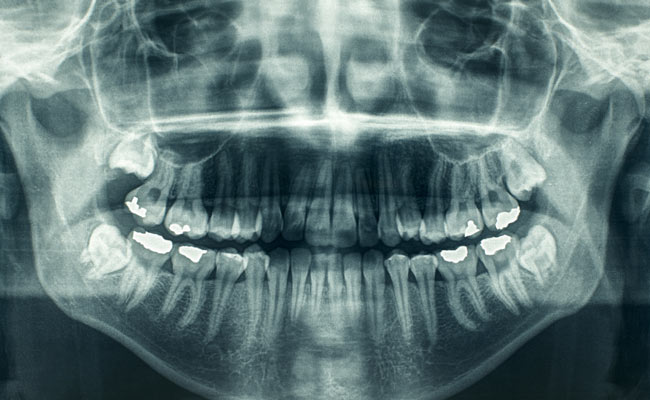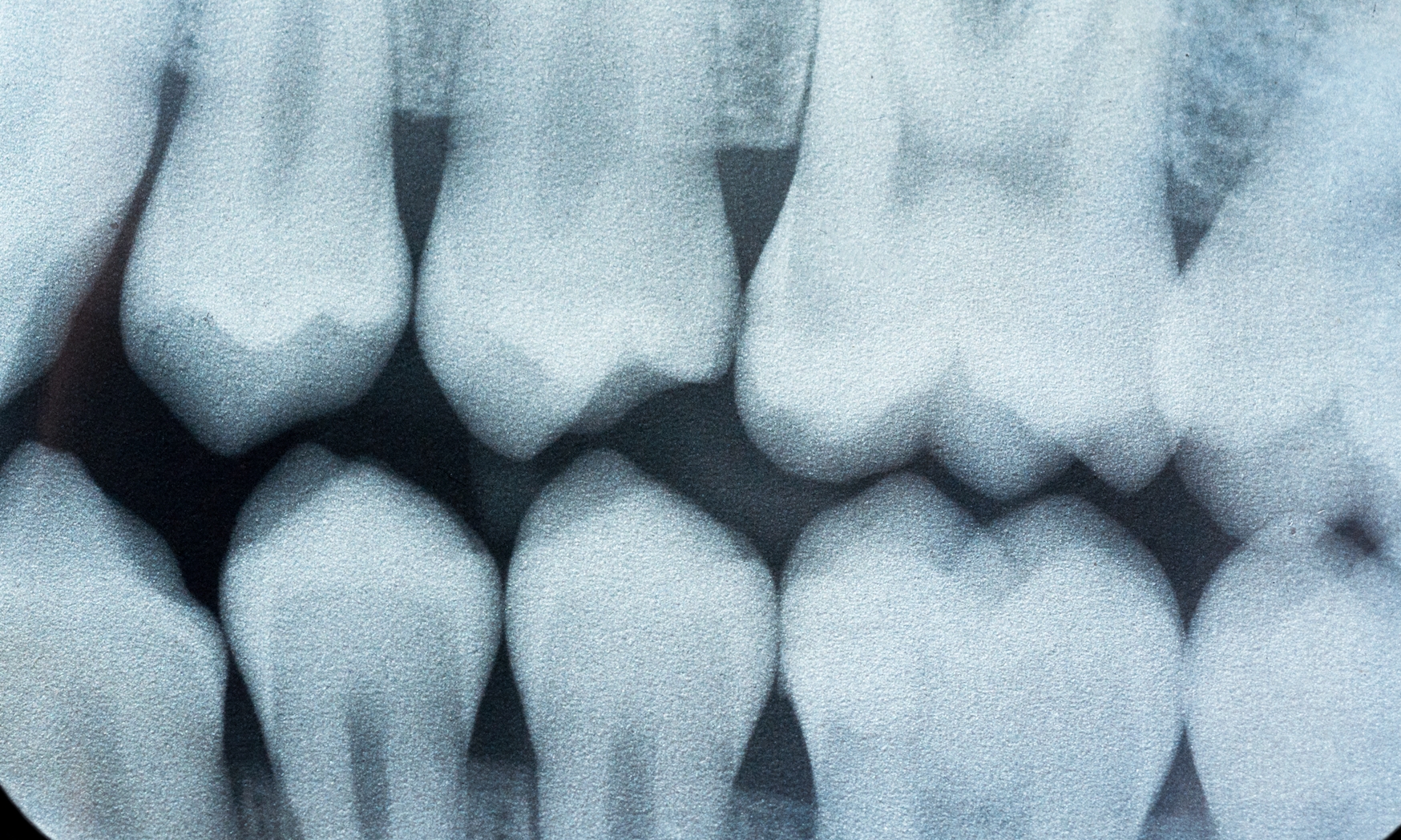
Uproxx knows that science, technology, engineering, and math (STEM) disciplines are driving the future of this planet forward. Every day, we see new ideas, fresh innovations, and bold trailblazers in these fields. Follow us this month as we highlight how STEM is shaping the culture of NOW.
Placentas, umbilical cords… pretty much anything that comes out of a woman’s body is awesome in science speak. Stem cells are the master cells of the body, just waiting to help you out when you get sick. They’re your own personal repair kit, but, like anything, time kind of screws them up. They become damaged or mutated thanks to environmental factors and the aging process and one day, they lose their incredible healing abilities altogether.
The good news is, science has finally tapped into the potential of stem cell research and, in doing so, scientists have found a solution for all that wasted power: babies. Yes, babies are disgusting blobs that poop, eat, and slobber their parents to an early grave, but those little devils also just happen to have a whole army of brand new stem cells still in their original packaging. The key is to get them before they sell out. (I’m starting to equate body parts with consumerism and it’s getting creepy so I’ll stop now.)
Placenta blood, placenta tissue, and cord blood are three sources of stem cells doctors are urging new parents to consider saving after the mom gives birth. They provide a range of cool benefits – from treating certain forms of cancer to helping people heal from spinal cord injuries — and they can be cryogenically frozen to help a body out whenever it needs some extra healing power. And yes, some people do eat them. Google it, there are… recipes.
But while the placenta party has been raging for a while now, there’s a new method of extracting stem cells that can be done all the way up into a person’s teen years, and all it takes is a quick trip to the dentist. Tooth banking has become the latest way people are choosing to cryogenically secure their gene sequence.
In 2013, Songtao Shi, a dentist, was researching regenerative dentistry in a lab when Shi witnessed something extraordinary. He discovered that when you get a cavity, the dentin — the inner, hard layer of your tooth that protects the nerve and pulp from exposure — builds up. Basically, your tooth tries to protect itself by making more organic matter.
This led Shi to conclude that stem cells did, in fact, exist in teeth. A bit more study found that while stem cells in adult molars were able to create more dentin — which is great if you want to re-grow lost teeth instead of paying a fortune for an implant — baby teeth, or SHED cells (stem cells from human exfoliated deciduous teeth) contained a whole different set of code.
While cord blood and placenta tissue contain Hematopoietic stem cells which have been used for decades to treat over 80 different diseases, SHED cells contain mesenchymal stem cells which differentiate into nerve cells as well as bone, cartilage, muscle, and fat. Cord blood contains mesenchymal stem cells too, but according to Shi’s research, SHED cells were able to create something unusual, “dentin osteogenic material” – a material that’s not quite dentin, not quite bone but full of possibilities – like the ability to reconstruct bone.
Extracting dental stem cells is a complicated and sensitive process. First, the soft tissue has to be extracted, then it has to be disinfected (spoiler alert: your mouth is a cesspool of germs). Scientists then drill through the enamel and dentin to get to the pulp of the tooth where all the stem cells like to hide out. They take the pulp out, digest it with an enzyme, and culture the cells.
It’s a lot of work, but the payoff is huge. Even tiny bits of dental pulp can carry hundreds of millions of stem cells.

So why should you be skipping the tooth fairy in favor of tooth banking? The first and probably biggest argument for tooth banking is a result of time itself. Preserving cord blood and placenta tissue just started to really become popular and the period of time that those stem cells are viable is short — they need to be harvested 30-60 seconds after a woman gives birth. If you’ve missed that deadline, but still want to buy some insurance for your baby, teeth are the way to go. It takes years for children to lose their baby teeth which means you have years of collecting fresh stem cells ahead of you. And while cord blood is a finite source — there’s only so much available after the birth — scientists can pull stem cells from wisdom teeth, baby teeth, and, sometimes, healthy adult molars. That’s a bigger pool which means a better chance of viability. When you’re fighting a disease like Parkinson’s, the more viable stem cells, the better.
The second issue is money. Cord blood banking isn’t done by everyone for a reason: it’s expensive as hell. Most procedures cost upwards of $3,000 with couples spending around $150 every year after to keep their cells frozen. Pair that with how damn expensive our current health care system makes it to even have a baby in the first place and most people are happier saying, “No thank you.”
Tooth banking is still expensive – usually less than $2,000 for the initial processing and $120 a year afterwards — but you get more bang for your buck. Most tooth banks charge one fee for all teeth, so you’re potentially storing a dozen sources of stem cells compared to just one or two. There’s the added work of actually extracting the tooth — little Jimmy can’t just place it under his pillow anymore, you have to visit your dentist to have them pull the tooth and place it in a kit immediately afterward to ensure the stem cells stay intact which means extra planning on your part — but if you have a flexible spending account, that usually covers some of the costs and some tooth banks offer payment plans to help out with the rest.
Ultimately, the science behind tooth banking is still fairly new. Many in the stem cell research world aren’t ready to back it without more testing, but the trials that have been done are promising. Not only do SHED cells open up an entirely new chapter in regenerative medicine — science’s way of trying to help us live longer — but they may also hold the key to fighting everything from diabetes to muscular dystrophy to even Alzheimer’s. The thinking is that SHED cells are better geared towards repairing bone and skeletal structures and could be useful treating neurological disorders.
Just like cord blood banking once did, tooth banking is struggling through its experimental phase with scientists resistant to jump on board until benefits are proven. People are also unwilling to shell out money until they know what it’s really for. But if saving a few molars is the difference between healing from a spinal cord injury after an auto accident or beating cancer, maybe we should be willing to pull teeth over it.
